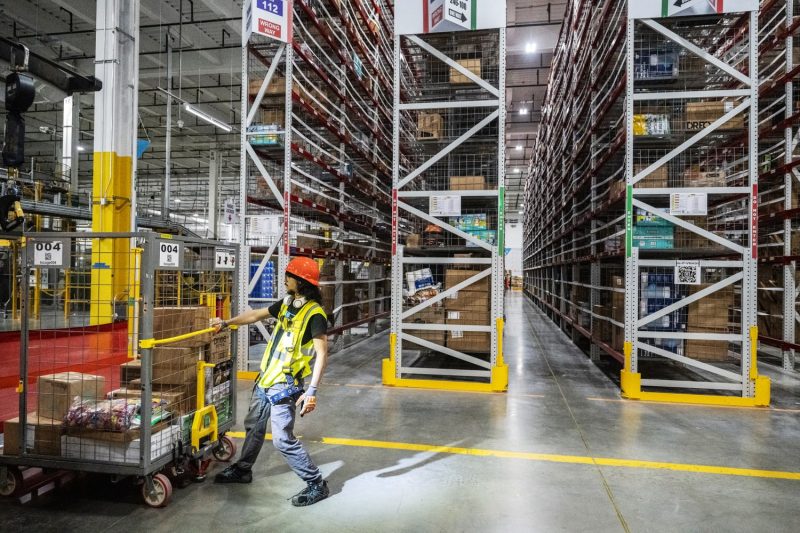
U.S. Economy on a Roller Coaster: Unemployment Rate Hits 4.3%!
The U.S. unemployment rate recently experienced a slight increase as it ticked up to 4.3% from 4.2%, indicating a broader economic slowdown within the country, which is clearly a disconcerting development. The marginal increase in the joblessness rate portrays an intricacy in the nation’s labor market that economists and policymakers will have to carefully contend with, as they strive to balance sustainable economic growth and a healthy employment environment.
The unemployment rate, a key measure of economic health, has seen an uptick after several months of steady decline. This increase is against the backdrop of the coronavirus pandemic that has severely disrupted the economic balance worldwide. Like other nations, the U.S. economy is, unfortunately, still reeling from the impacts of the crisis, although government intervention and stimulus programs have helped mitigate some of these adverse effects.
While the slight increase in the unemployment rate might not seem considerably significant, it is still a cause for concern. An elevated rate may signify more citizens out of work, which could lead to increased levels of poverty and inequality, impacting the lives of millions of Americans adversely. Thus, this uptick underscores the vital necessity for effective policies that can spur job creation and growth, fostering an environment conducive for all workers.
The slowdown in the U.S. economy also reflects on the tightened monetary policy measures by the Federal Reserve, aiming to keep inflation at bay. However, this cautious move has raised concerns that it may be stifling economic growth. The higher interest rates resulting from such measures discourage borrowing and investment, potentially reducing economic activity and, subsequently, job creation.
Moreover, the rise in the unemployment rate is concurrent with a period of slower wage growth, adding strain to American workers. Stagnant wages are indicative of an underperforming labor market, a scenario that could compound the financial difficulties for many households and exacerbate inequality.
However, it is crucial to note that the steady economic recovery process following the crisis is bound to bear fluctuations, and this uptick in unemployment rate is just a snapshot of that process. For instance, the rising participation in the labor force might have contributed to the increase in the unemployment rate, considering that more people are actively seeking jobs.
Looking at the broader economic indicators, there is no doubt that the U.S. economy has been grappling with some challenges. A decline in consumer confidence coupled with an increase in inflation rates is indeed destabilizing. In addition, global trade frictions, supply chain issues, and geopolitical uncertainties have also created
